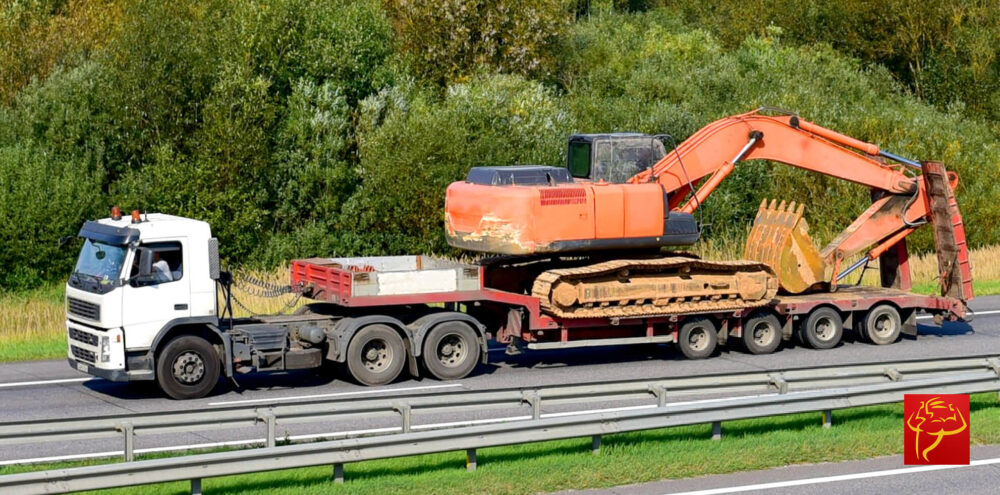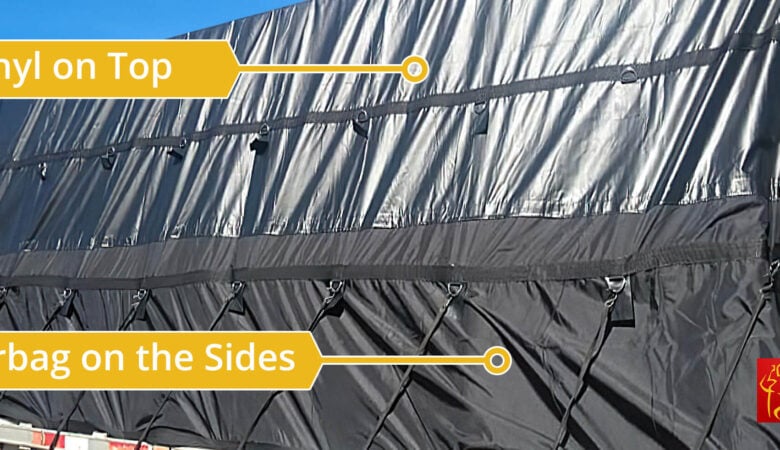As a flatbed trucker, have you ever had the experience of hauling sensitive industrial machinery that the shipper expects to arrive with nary a scratch? If so, you know how challenging this can be. Road vibration can be an absolute killer when it comes to industrial machinery. Just a little vibration can do a lot of damage, even if you are not going thousands of miles.
To say that hauling industrial machinery is more than just tying it down with bungee straps is to state the obvious. These kinds of loads require a little TLC along with a basic understanding of how road vibrations affect different kinds of cargo. It can take years to learn all the tricks of the trade for protecting sensitive machinery.

If you are new to the flatbed industry, don’t be afraid to take sensitive industrial machinery loads. Consider such loads a challenge. Then do what you can to learn how to transport them safely, including heeding the tips explained below.
Prepare Machinery Properly
The first step in hauling sensitive industrial machinery is to prepare the cargo for loading. The good news is that shippers often take care of this stuff themselves. It is fairly common for truckers to arrive at the yard and find machines already wrapped in cardboard and plastic, and secured to pallets. If that is not the case, the driver should insist that the shipper prepare the machines properly.
Loading and Positioning
Once the loading process begins, the truck driver is in control. The driver is ultimately responsible for the cargo from the moment it touches his/her trailer to the moment it is taken off, so make the effort to protect yourself by taking the lead in the loading process. The idea is to guarantee machinery is loaded in a way that allows you to protect it through your cargo control procedures.
The general rule for sensitive industrial machinery is to keep individual pieces from making direct contact with one another, if possible. Keep them as far apart as you can. If the number of pieces being loaded dictates that they have to be placed relatively close to one another, you’ll have to use your best judgment.
Edge Protectors, Blankets, and Tie-Downs
This next part of the process is the most critical of all. After machinery has been put into position, it’s now up to you to eliminate all risk of damage. You should immediately begin thinking about corner and edge protectors. Wherever you can place one, you should. Use corner and edge protectors to prevent direct contact among multiple pieces of machinery. You also want to prevent contact between machinery and your tie-downs and tarps.
If need be, you may want to throw moving blankets over the top of the machinery and into empty spaces. Then securely tighten everything down with ratchet straps. There should be something between every strap and the machinery it secures, whether that be an edge protector or blanket.
Keep Tarps Taught
Our last tip is to keep your tarps taught throughout the entire journey. There is nothing more frustrating than going to great lengths to protect sensitive machinery only to find that a tarp left flapping in the wind caused some damage.
The trucker’s best friend for this job is the bungee strap. Tarps can be secured to the bed of the trailer using bungee straps at every grommet. The driver can then use bungee rope or a series of straps connected to go around the perimeter of the cargo. Securing the perimeter at the top and bottom will keep tarps tight and in place.











